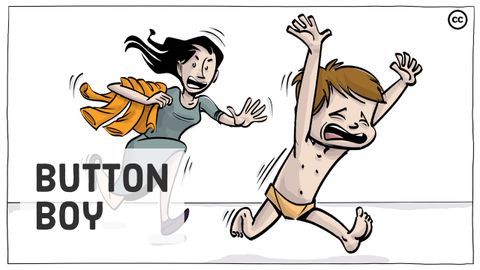恐怖症の科学とボタン坊やの有名なケース (The Science of Phobias & The Famous Case of Button Boy)
Summer が 2022 年 06 月 12 日 に投稿  この条件に一致する単語はありません
この条件に一致する単語はありませんUS /spɪˈsɪfɪk/
・
UK /spəˈsɪfɪk/
US /ˈtrɪɡɚ/
・
UK /'trɪɡə(r)/
- n.引き金;事を開始する装置;きっかけ;トラウマの引き金;トリガー (電子工学);トリガー (コンピュータ);トリガー (釣り)
- v.t.引き起こす;引き起こす;反射を引き起こす
エネルギーを使用
すべての単語を解除
発音・解説・フィルター機能を解除
